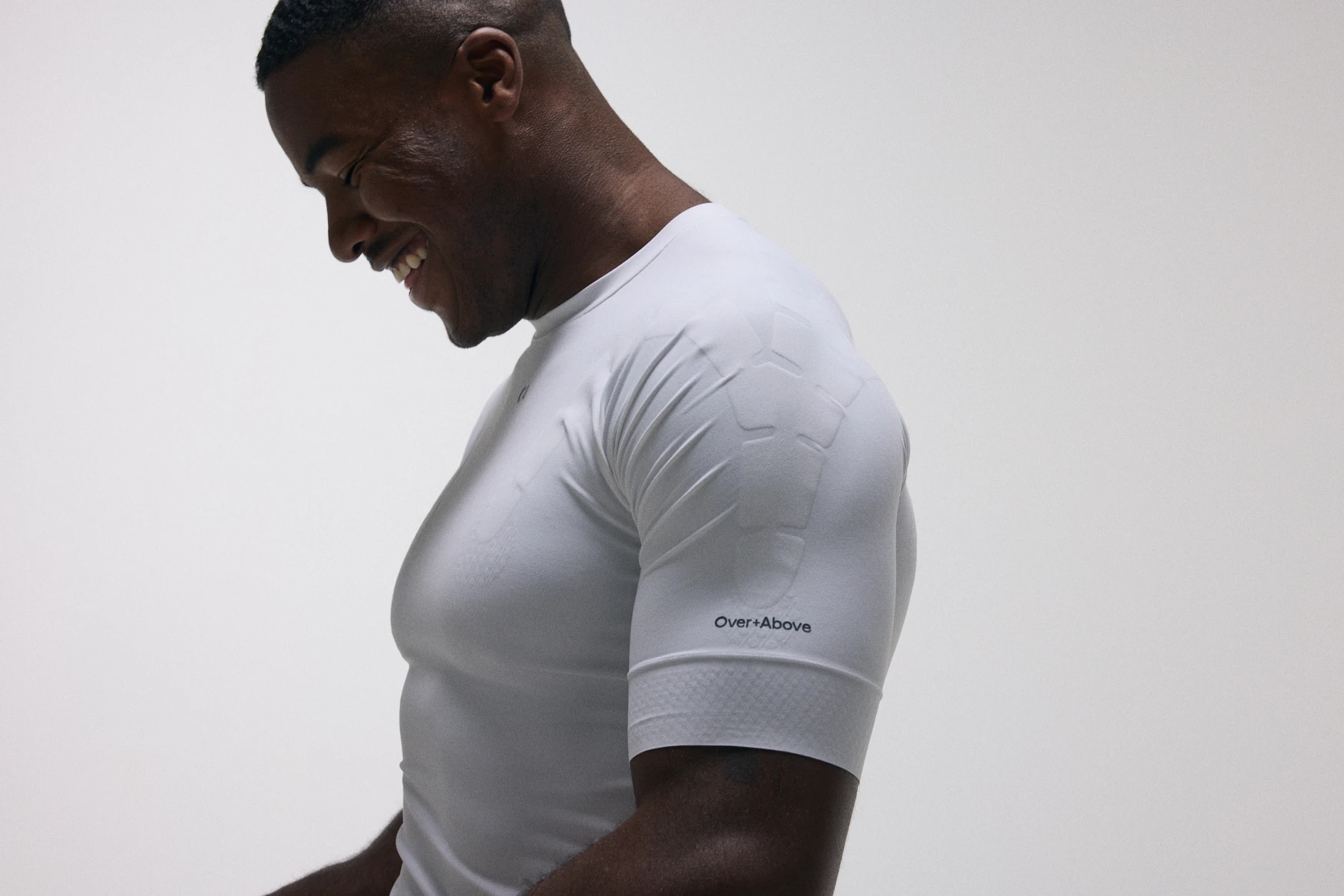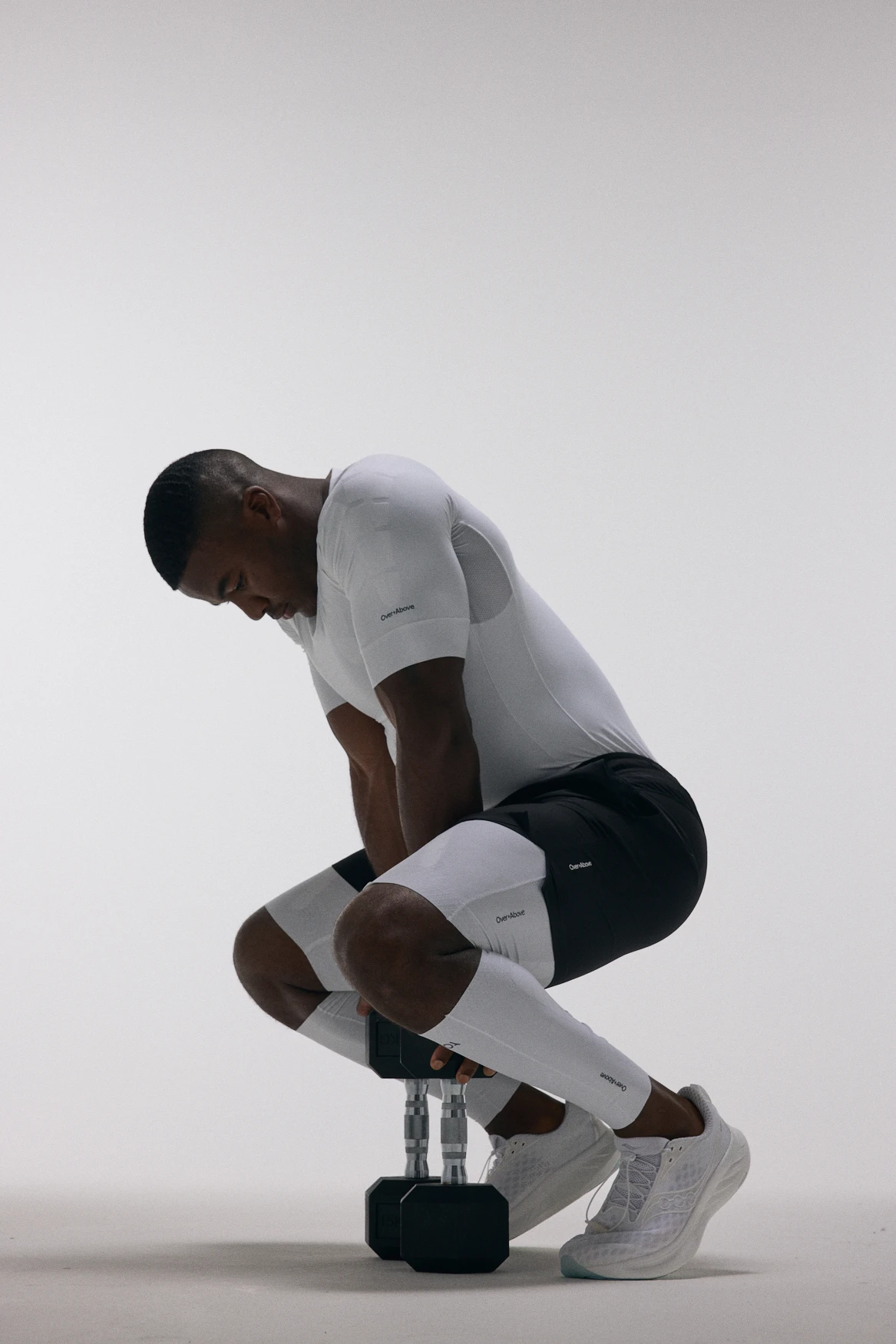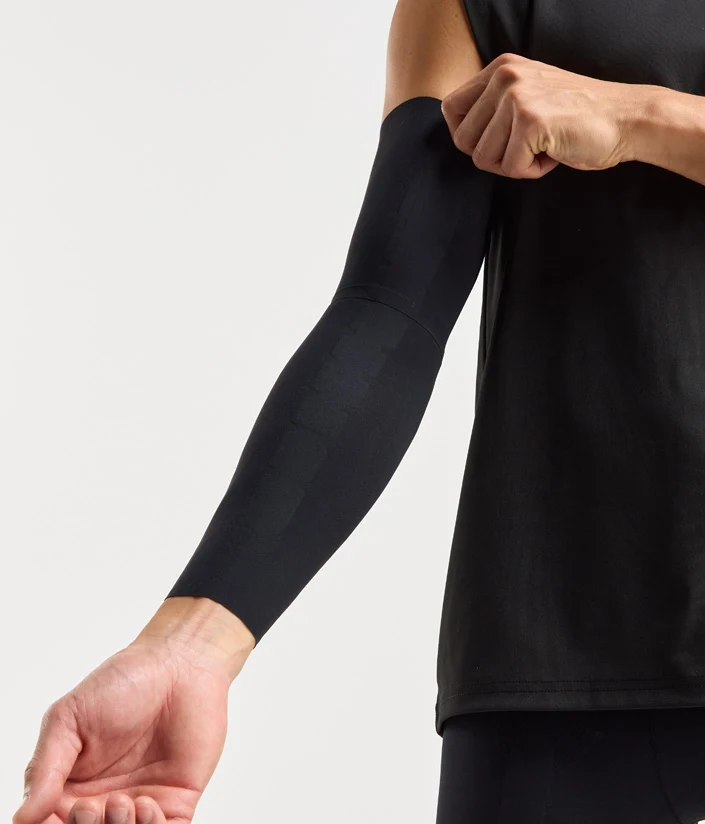How proprioception impacts sports injury, rehab, and return-to-play
17.05.2024
Science

Previously in this journal we’ve covered the basics of proprioception, and how it effects sports performance. If you haven’t read this yet, you can check it out here. This article touched on the use of proprioceptive training during rehab and return to play, but the influence proprioception has on sports injury in general reaches much further beyond the scope of that article.
The cost of injury in elite sport
Let’s start with a simple statement. Injuries are not 100% preventable in any sport. However, the impact of injury across elite sport is substantial. In team sports, injuries not only cost clubs money through lost wages, but also directly influence league points, finishing position, and ultimately income.
In the English Premier League, it is estimated that injuries cost clubs a staggering £267 million in salaries alone for the 2018/19 season [1], with each club suffering an average of 1410 player days lost to injury. These figures are even more pronounced in the NFL, with the estimated cost of injuries reaching $521 million [2]. Within individual sports, injury can be even more impactful, with time off substantially reducing the performance and earning potential of an athlete.
As a result, clubs and organisations spend a significant amount of time, resource, and money on injury prevention strategies, considering everything from training and workload management, to physiotherapy, recovery, nutrition, and technical optimisation. Any impact in this area can save clubs or athletes money, and directly improve their chances of winning.


Proprioception and injury prevention
Before we start, let’s have a very quick recap on proprioception. If you’ve recently read our previous article on proprioception, you can probably skip this bit.
In its simplest terms, proprioception is a conscious or subconscious awareness of your body position and movement. An individual with well-developed proprioceptive skill is better able to control their body and adapt movement in reaction to the ever-changing environment around them. Sport is inherently a varied environment, with constantly changing stimuli that direct action. As we discussed in our previous article, this ability to adapt is a key performance differentiator between elite and non-elite athletes.
These ever-changing environments and stimuli that we find to some degree in all sports, also bring with them instability, which in itself is one of the greatest causes of injury. Instability can either be caused by impact, for example with another player or the ground, or by a lack of strength, muscle imbalance, or joint instability. In many sports, where the loading is high and athletes reach towards the end of their natural range of motion, the risk of injury caused by instability is significantly increased.
I imagine at this point the link between proprioception and injury prevention in sport is becoming clearer. In performance terms, highly developed proprioceptive skill may help a gymnast perform an athletic dismount, transitioning seamlessly from beam to floor without having to even think about the changes in position required to land on the new surface. This same skill also helps that same gymnast deal with instability better, allowing them to adapt to an off-balance landing, both making minor adjustments to maintain a high level of performance, and reducing the risk of picking up an injury in the process.
This link is sufficiently strong that enhanced proprioception, developed through training, has been explicitly linked to reductions in knee, ankle, and overall injuries amongst athletes. A recent study in basketball [3] found that incorporating proprioception-specific exercises, along with targeted balance and strength training, decreased the risk of ankle and knee sprains by a staggering 81% and 65% respectively. The authors suggest that this reduction in injury rates can be attributed to two factors. Firstly, the improved movement control that allows athletes to better manage stress on muscles and joints during high-impact motions. Secondly, the adaptations and increased plasticity seen in muscles, ligaments, and tendons minimising force due to enhanced proprioceptive control.
Unsurprisingly, this reduction in injury corresponded with a 76% reduction in missed games and practice, as well as reduced reliance on strapping and braces. Although the severity of sprains that did occur remained consistent even following the intervention. Whether this magnitude of injury prevention could be reproduced with other athletic groups remains to be seen, but this one study clearly shows the potential significance of proprioception in injury prevention.


Proprioception during rehab and return-to-play
As we’ve discussed, you can be as strong, flexible, and equipped to deal with instability as you like, but injuries will still occur. Unfortunately, any injury that causes damage to soft tissue where proprioceptors are located, results in some loss of proprioception. This loss of proprioception, along with a weakening of the structures supporting a given area of the body, can lead to both injury recurrence and cumulative damage over time. Although injury can cause individuals to avoid exercise altogether, it is critical that you work to restore strength, range of movement, and proprioception in the injured area.
Studies in US collegiate baseball [4] found proprioceptive defects to be a significant mechanism for shoulder instability amongst pitchers, and that shoulder pain was linked with reduced proprioceptive sensation in that area. A review of the effect of proprioceptive training on people following ACL or ankle injury [5] concluded that proprioceptive and balance exercises improve outcomes and the rate of re-injury, and a longitudinal study saw an 88% drop in ACL injury when athletes participated in regular neuromuscular training [6]. Individuals who do all they can to maintain and quickly restore proprioceptive skill are likely to experience reduced pain and enhanced control during return-to-play.
How to layer proprioceptive training into your programme
Fortunately, proprioceptive training doesn’t need to be overcomplicated. You can relatively quickly and easily develop or rebuild your proprioception, balance, and ability to deal with instability through targeted exercise. The use of wobble boards during static and dynamic activity to create instability is a common place to start, particularly for lower body exercises. This instability becomes slightly harder to manufacture for upper body injuries, although the use of resistance bands, exercise balls and some creativity in exercise prescription normally does the trick.
What qualifies an exercise as proprioceptive?
By now we all understand that proprioceptive exercises require the management of instability. The problem is that every movement and position in sports could be argued as proprioceptive, as there is always some level of instability, and proprioceptive feedback is always present. Researchers suggest that adding an enhancer of instability frequency or severity, as well as being clear on the type of instability, the tasks assigned to the participant, and a quantifiable outcome should help define specific proprioceptive training.
For example, in the basketball study investigating ankle injuries mentioned earlier [3], coaches used rocking boards and unstable surfaces to generate instability, with measures of postural control and board inclination as outcome indicators. This was all completed with players balancing on one leg, varying the frequency, severity, and direction of instability, the level of visual feedback, and duration of sessions.

Exercises to develop proprioception - key considerations
Unsurprisingly there are hundreds of drills specifically designed or adapted to train your proprioceptive skill. A quick Google search will give you some ideas, and we will be covering some of our favourites in more detail for a later article. Before getting started, there are a few things to consider.
Start simple
Not every exercise is improved by adding instability. And not all training is more beneficial by adding weight. Unstable movements with substantial loading are inherently unsafe, so work your way up starting with simple bodyweight exercises. Some examples here might include single leg balances, hops, deadlifts, squats, and jumps. Any exercise on one leg or one arm is inherently unstable, and as a result trains your sense of proprioception. By adding additional equipment, for example a wobble board or soft plyo box, you can modify the level of instability to match your needs.
Add distractions or multiple tasks
Instability isn’t only created with wobble boards and BOSU balls. Try balancing on one leg and playing catch with someone else, juggling, or having a game of rock paper scissors. By adding a distraction or second task for your conscious brain to focus on, we naturally increase instability and potentially see greater benefits around your proprioceptive sense.
Keep your objectives in mind
It may sound obvious, but all training is improved with specificity. If your sport is multi-directional, for example basketball, your training should also be multi-directional. Rugby players might include more core and upper body work, using exercise balls against the wall to stabilise the shoulders. Runners would likely work in a more linear fashion, with focus around the knee and supporting muscles. By keeping your training relevant to your sport or activity, you will see the maximum benefit for your time and effort.
Close your eyes
Finally, by minimising or removing visual input, you can further increase instability and hone your sense of proprioceptive feedback. Working to improve the feedback between muscles and your nervous system and training your body to more efficiently react to the instability created without conscious thought or relying on visual feedback. Clearly doing anything with your eyes shut adds a level of uncertainty, and thus you need to simplify the exercises to be relatively static, but using some common sense here will help you find the sweetspot of instability.
How the ProPrio system helps you support against instability
All Over+Above garments are anatomically engineered with our patented ProPrio system. Combining performance grade muscle-mapped compression with an integrated flexible skeleton and sensory nodes, ProPrio taps into your sense of proprioception, helping you connect with every movement while supporting key muscles and joints during performance. Once you get moving, you can expect to experience some benefits immediately. Whether improved running efficiency, a locked in feeling each time you contact the ground, support around that area that’s been bothering you, or simply a spring in your step. All we can recommend is to give it a go, we’re pretty sure you’ll feel the Over+Above difference as soon as you put it on.
References
[1] McMahon, B. (n.d.). Report estimates the cost of injuries to Premier League players at $267M. Forbes. Retrieved April 24, 2023.
[2] Phillips, G. (n.d.). Injuries cost NFL teams over $500 million in 2019. Forbes. Retrieved April 24, 2023.
[3] Riva, D, Bianchi, R, et al. (2016). Proprioceptive training and injury prevention in a professional men's basketball team. Journal of Strength and Conditioning Research, 30(2), 461-475.
[4] Laudner, K, Meister, K, et al. (2012). The relationship between anterior glenohumeral laxity and proprioception in collegiate baseball players. Clinical Journal of Sport Medicine, 22(6), 478-482.
[5] Baltaci, G, & Kohl, H, W. (2003). Does proprioceptive training during knee and ankle rehabilitation improve outcome? Physical Therapy Reviews, 8(1), 5-16.
[6] Mandelbaum, B, Silvers, H, et al. (2005). Effectiveness of a neuromuscular and proprioceptive training program in preventing anterior cruciate ligament injuries in female athletes. The American Journal of Sports Medicine, 33(7), 1003-1010.

New arrivals

Mens
ProPrio Performance Short Sleeve Top
(2)

Womens
ProPrio Performance Full Tights - Mid Rise
(1)

Unisex
ProPrio Performance Hyperextension Sleeve
(0)
More articles...
 5 Signs You Need Compression Clothing in Your Gym RoutineScience
5 Signs You Need Compression Clothing in Your Gym RoutineScience5 Signs You Need Compression Clothing in Your Gym Routine
19.12.2025
 Compression vs. Regular Activewear: What’s Better for Recovery?Science
Compression vs. Regular Activewear: What’s Better for Recovery?ScienceCompression vs. Regular Activewear: What’s Better for Recovery?
12.12.2025
 The Complete Guide to Compression Sportswear for Everyday TrainingScience
The Complete Guide to Compression Sportswear for Everyday TrainingScienceThe Complete Guide to Compression Sportswear for Everyday Training
05.12.2025


